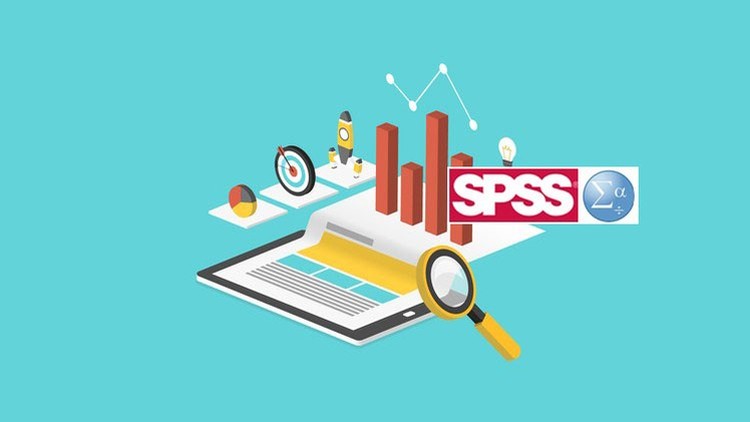Course Objective:
Familiarize students with a statistical package for data analysis related to the Statistics and Market Research papers and which will also help in the Research Paper.
Course Outcomes:
On successful completion of this course, students
will be able to:
CO1: Define the main concepts of Statistics and Data Analysis
CO2: Learn how to how to use SPSS in Data Entry and analysis.
CO3: Understanding and interpretation of the output Descriptive Statistics
CO4: Learn tools for hypothesis testing.
SCOPE OF THE COURSE:
The course gives students an in-depth understanding of SPSS which is used further for the purpose of Research.
UNIT 1:
Introduction- Data Entry, Storing and Retrieving Files, Statistics Menus, Generating New Variables
UNIT 2:
Running Statistical Procedures- data entry and interpretation of the output Descriptive Statistics
T-tests, Chi- Square test, One way & two way ANOVA, Correlation, Linear regression including multiple regressions.
GUIDELINES ON CLASS PARTICIPATION:
- Students are requested to be in class before Lecturer comes into the class room.
- Late entries (After 5 Minutes) into the class are strictly prohibited.
ASSESSMENT SCHEDULE:
· There will be 2 internal exams of 10 marks.
· Internal Exam Pattern: 10 MCQ type questions & 10 fill in the blanks.
· There will be a Pre-final exam of 40 marks at the end of the course.
TEACHING METHODOLOGY:
· Lecture – chalk and talk method
· Lab based teaching

- Teacher: JAYASREE M
COURSE OBJECTIVE: To acquaint students with the techniques of financial management and their applications for business decision making
COURSE OUTCOMES: At the end of this course students should be able to :
CO 1 : Ability to analyze the current financial management issues of a company
CO 2 :Demonstrate an understanding of the overall role and importance of the finance function.
CO 3: Able to apply time value of money in their financial decisions
CO 4: Able to analyse the capital budget of any company to describe and apply financial concepts,
theories, and tools, and to evaluate the companies
CO 5 : List the primary sources of capital and incorporate their cost when making investment
decisions
CO 6 : Ability to assess and analyse the financial environment in the local and international
markets
CO 7 : Able to analyse the capital structure of any company
CO 8 : Able to anylyses the dividend policies of various companies
CO 9 : Able to analyse the working capital cycle of any company
CO 10 : Able to prepare the cash budgets
CO 11 :Emphasize the need and goals of establishing a sound credit policy
CO 12 : Identify the role and job responsibilities of an Accounts Receivable Manager
CO 13 :Able to understad and analyse inventory managemt in a organization
SCOPE OF THE COURSE:
Covers basic financial concepts and practices and analytical framework for financial decision making. It covers both acquisitions of funds as well as their allocations. This course focus on how to arrange sufficient finances for meeting short-term and long-term needs. this course mainly concentrated on following areas
1.Nature of Financial Management
2. Concept of Time Value of Money
3. Sources of Lon term Finance
4. Working Capital Management

- Teacher: BOBBY M
- Teacher: JAYASREE M
COURSE OUTCOMES
CO1: Discuss the scope and managerial importance of market research and its role in the development of marketing strategy
CO2: Develop research questions and objectives that can be addressed in a research design.
CO3: Interpret multiple primary and secondary sources of research information and Contrast difference between primary and secondary sources of data.
CO4: Define methods used to collect and evaluate secondary data sources and identify the biases and limitations of marketing data, and to evaluate the credibility of secondary sources of marketing and business information.
CO5: Identify appropriate research approaches (from qualitative, survey, observation, and experimental research techniques)
CO6: Prepare measurement and scaling instruments.
CO7: Develop a market research design which incorporates appropriate research approaches; including measurement and scaling instruments
CO8: Identify appropriate research approaches (from qualitative, survey, observation, and experimental research techniques)
CO9: Designing a sampling approach and sampling frame to carryout marketing research
CO10: Students will get knowledge of data analysis for marketing research in the context of the identified business problem.

- Teacher: Dr PAYAL PATTNAYAK